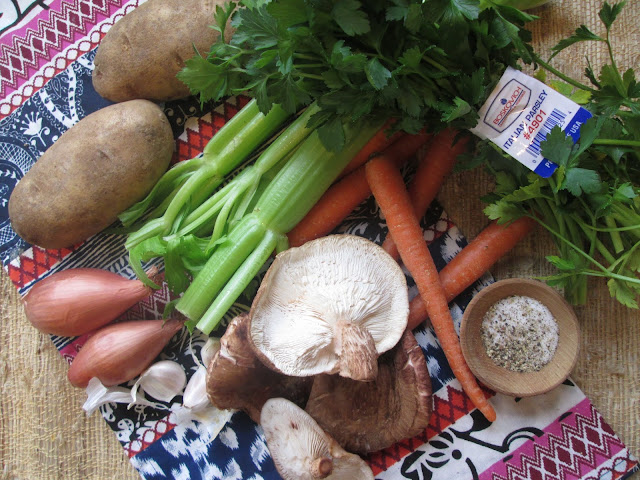This recipe, Baby Farfalle with a Creamy Smoked Bacon and Pea Sauce, is a dish I made back in 2011 and it is AN ALL-TIME FAVE! My daughter, who was only 10 at the time, fell in love with this recipe and requests it often.
Over the years, I've made a few changes to this recipe and thought I would document them below for safekeeping. I will confess that my changes DO NOT make this recipe any healthier. In fact, my changes are to add more cream and cheese, but the result is nonetheless an improvement on the original, making the final product a creamy cheesy delight.
This dish is part of my regular rotation for three very simple reasons: it's delicious, it's done in the time it takes to boil pasta, and it's made with pantry ingredients. Everyone should always have the ingredients on hand to make this dish. Pasta, bacon, cream, frozen peas (or even any other green veggie, such as spinach and/or kale) Parmesan and/or Mascarpone.
This dish is highly adaptable. Don't have bacon? Use pancetta or bits of leftover ham. Don't have frozen peas? Use kale or spinach. Don't have the Mascarpone? Use cream cheese. I find that I always have a version of the ingredients on hand to make this dish work.
Now, it's my opinion that the bacon or pancetta is essential here, but I suppose you could go ahead and make a veggie version. If that's the case I'd add a few more green veggies to amp things up a bit.
I'm now on my 11th year of food blogging and this is one of my family's all-time favorite dishes from my blog. I think that probably says it all.
Pasta with a Creamy Smoked Bacon and Pea Sauce
Adapted from Jamie Oliver's Food Revolution
by Jamie Oliver
Serves 4-6
8 -10 slices bacon or equivalent in pancetta
salt and black pepper, to taste
1 pound baby farfalle or small pasta
olive oil
pat of butter
2 cups frozen peas
1/4 - 1/2 cup heavy cream
4 ounces (1/2 cup) Mascarpone
4-6 ounces Parmesan cheese
Optional: herbs for garnish: mint, basil, sage, or parsley work well here
Notes: The ingredients in bold are the ones I've changed over the years. Originally the recipe called for 10 slices of bacon. I usually use around 8 slices but have been known to add more or less. The original recipe called for only 2 tablespoons of cream and it simply just wasn't enough to form a sauce so I find that I add anywhere from 1/4 -1/2, depending on the consistency. And finally, the original recipe didn't call for Mascarpone, but one time I had it on hand and wanted to use it up so I tossed it into the sauce and we found that it made the sauce even creamier and silkier.
Bring a large pan of salted water to a boil. Add the mini pasta and cook according to the package instructions. Slice the bacon. Get a large frying pan over medium heat and a good lug of olive oil and the butter (I've found this necessary as bacon is usually nowhere near as fatty as it used to be). Add the bacon to the pan, sprinkling with a little pepper and fry until golden crisp.
Meanwhile finely chop any herb garnishes. As soon as the bacon is golden, add your frozen peas (and or any other veg) and give the pan a good shake. After a minute or so, add about 1/4 cup heavy cream and the Mascarpone to the bacon and peas. Before draining your pasta, save some of the pasta cooking water, about 1 cup to be sure.
Now drain your pasta in a colander. Add the pasta to the frying pan. Incorporate the pasta with the sauce, watching as it comes together to see if it needs more cream. Now toss in the Parmesan cheese and stir to incorporate. Be sure to do all this over low heat. It's really important that the sauce is creamy, silky, and delicious but if it's too thick for you, add a splash of the reserved cooking water to thin it out a bit. Place into a large pasta platter and garnish with more cheese and/or herbs, if using. Serve immediately. This is lovely with a simple green salad.

















